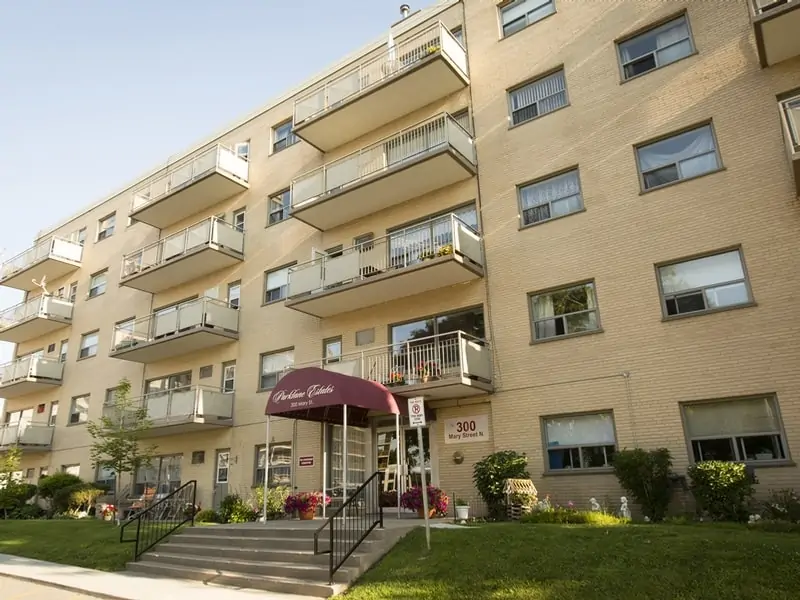Rents on the rise in Oshawa and rest of Southern Ontario
Published December 17, 2021 at 11:59 am

The December National Rent Report from Bullpen Research & Consulting and Rentals.ca forecasts that rent will continue to rise in 2022, following “unprecedented declines” from April 2020 to April 2021.
Rents in Toronto (11 per cent) and Mississauga (seven per cent), in particular, are expected to continue to rise next year but despite the predicted growth they, along with other major centres like Montreal and Calgary, are expected to finish next year below their peak rent levels from late 2019 and early 2020.
Rents in several GTA and Southern Ontario cities showed significant year-over-year increases in 2021. One-bedroom apartments in Oshawa, for example rose 13.25 per cent to $1,701 per month, a price jump behind only Kitchener (+15.01 per cent) and Barrie (+14.27 per cent).
Oshawa’s gains for two-bedrooms were more modest at +5.94 per cent. Waterloo (+14.95), Kitchener (+13.87), Guelph (+12.84) and Burlington (+11.9) led the nation in this category, with 35 cities surveyed.
The average monthly rent for all Canadian properties listed on Rentals.ca in November was $1,817, up 3.6 per cent year over year and up monthly by one per cent. This marks the seventh straight month of rent increases since April when average rents hit $1,675, following a year of COVID-19 pandemic-induced declining rents.
Oakville came in third on the list for a one-bedroom home at $1,879 and fifth for average monthly rent for a two-bedroom at $2,322. Burlington finished fourth for average monthly rent in November for a one-bedroom home at $1,827 and seventh for a two-bedroom at $2,275.
Mississauga finished sixth for a one-bedroom home at $1,796 and eighth for average monthly rent for a two-bedroom at $2,142. Brampton ranked 17th for average monthly rent for a one-bedroom at $1,552 and 21st for a two-bedroom at $1,875.
Oshawa came in 10th for average monthly rent for a one-bedroom home at $1,701 and 23rd for average monthly rent for a two-bedroom at $1,783.
Most bedroom types experienced annual increases in average rent in November.
But with Canadians continuing to work from home, at least part of the time, larger units experienced stronger annual increases in average rent. Some tenants used their ‘commuting’ money toward higher rent for the extra workspace.
Also, demand for luxury rental homes helped cause a 15 per cent annual increase in average rents for six-bedroom units. Average annual rents in November for five-bedroom units, four-bedroom units and three-bedroom units were up seven per cent, nine per cent and six per cent, respectively.
One-bedroom units were the only bedroom type to experience an annual decline in average rent at -1 per cent, while two-bedroom units were up $5 on average from one year ago.
During the heart of the pandemic lockdowns in November 2020, all bedroom types (except six-bedroom units) experienced annual declines.
INdurham's Editorial Standards and Policies




